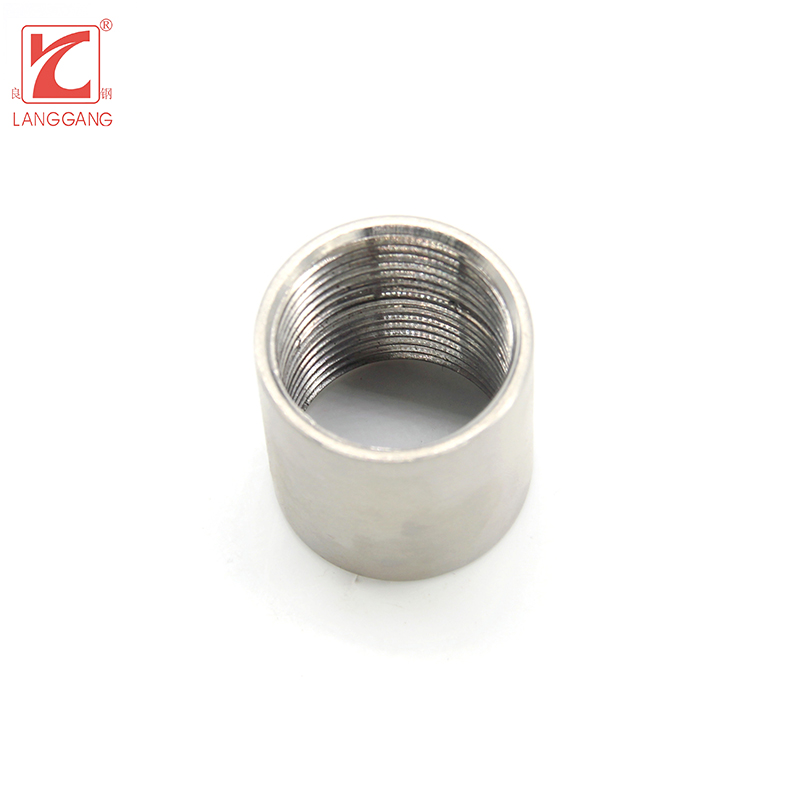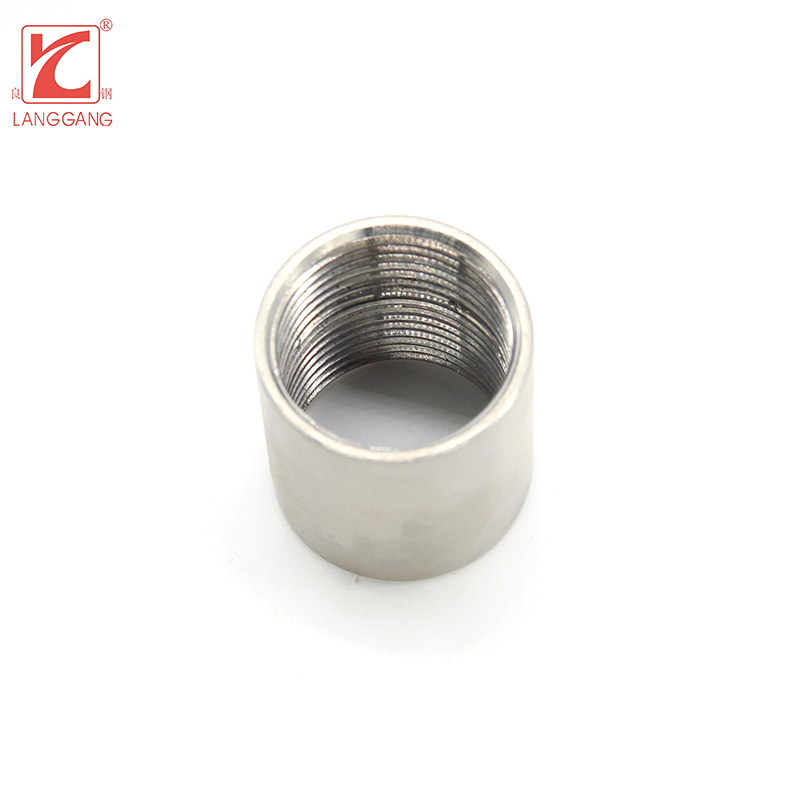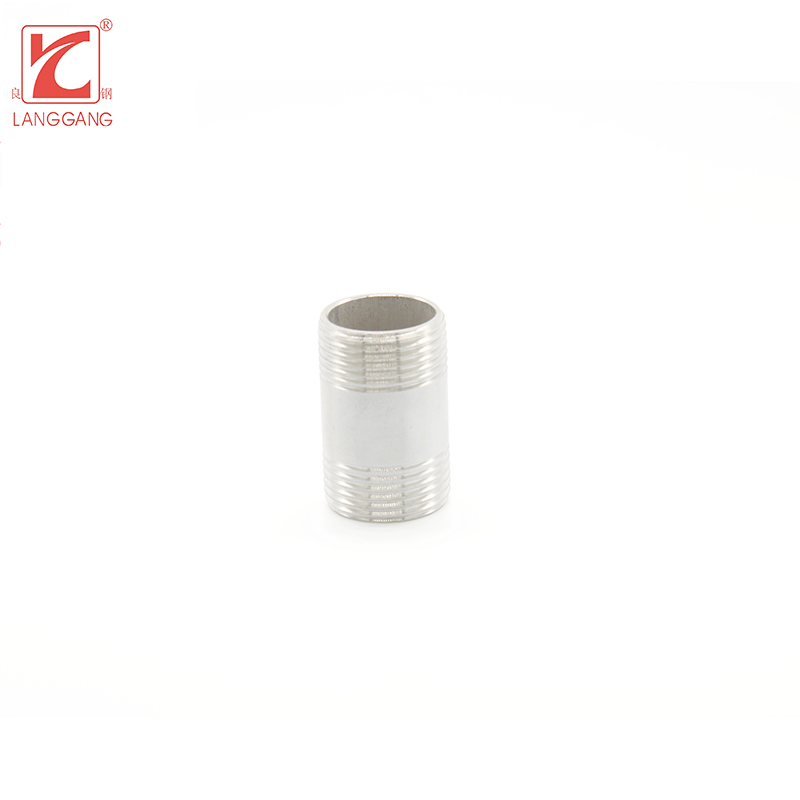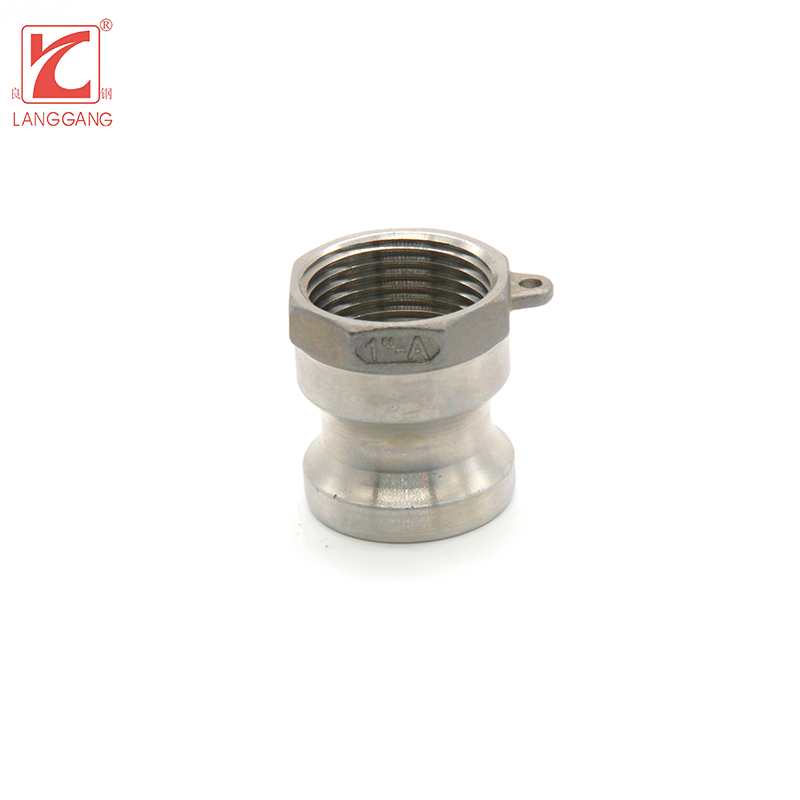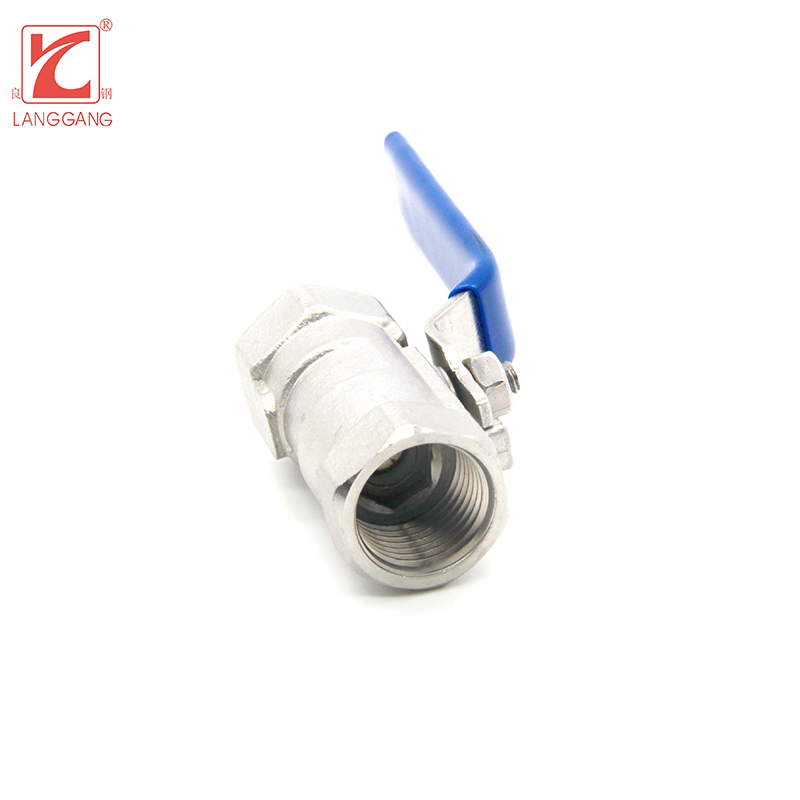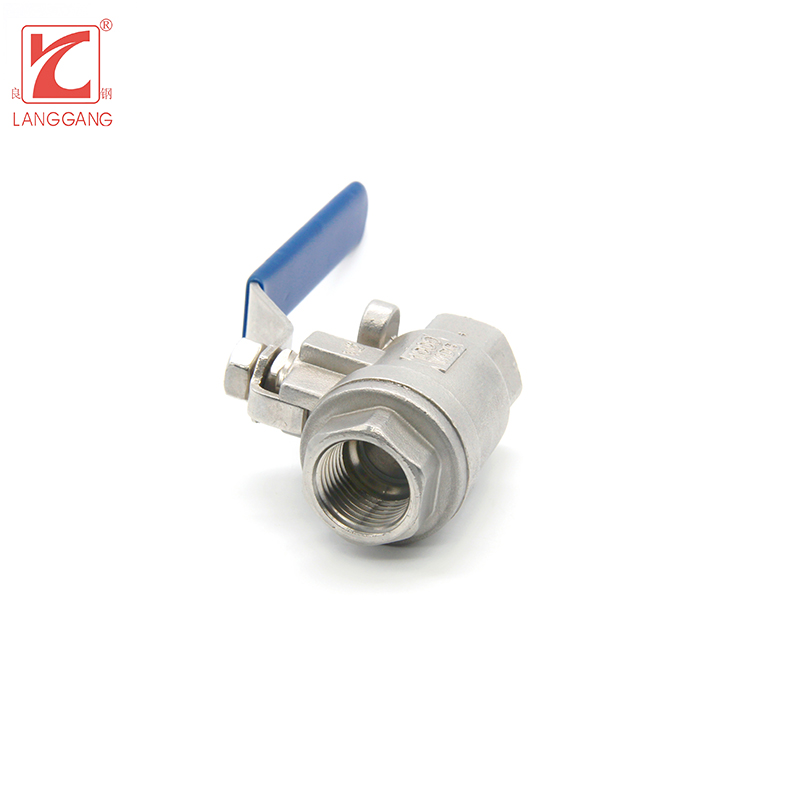Are stainless steel valves better?
What is a Valve Pipe Fitting?
A valve pipe fitting is a device that regulates the flow of liquids, gases, or slurries through a pipe system by opening, closing, or partially obstructing different pathways. Valve fittings come in a wide range of shapes and sizes and are often made from materials such as metal, plastic, and rubber.
Types of Valve Pipe Fittings:
There are several types of valve pipe fittings. Some of them include:
1. Gate valve: This type of valve is used when full flow with low pressure drop is required. It has a gate-like structure that moves up and down to allow or block fluid flow.
2. Ball valve: This type of valve has a rotating ball with a hole in it that allows or blocks fluid flow. Ball valves are usually faster to operate than gate valves, making them ideal for applications where quick control is necessary.
3. Check valve: This type of valve is designed to prevent backflow in a piping system. It ensures that fluids flow in only one direction, thus preventing contamination and damage to equipment.
4. Butterfly valve: This type of valve has a round disc that turns on its axis, allowing or blocking fluid flow. Butterfly valves are commonly used in large-diameter pipelines or applications that require a tight shut-off.
5. Globe valve: This type of valve is used when precise control over the fluid flow rate is required. It has a movable plug that reduces or enlarges the flow area as needed.
6. Needle valve: This type of valve is used for precise flow control in low-flow applications. It has a small needle-shaped plunger that is screwed down towards a seat to decrease flow.
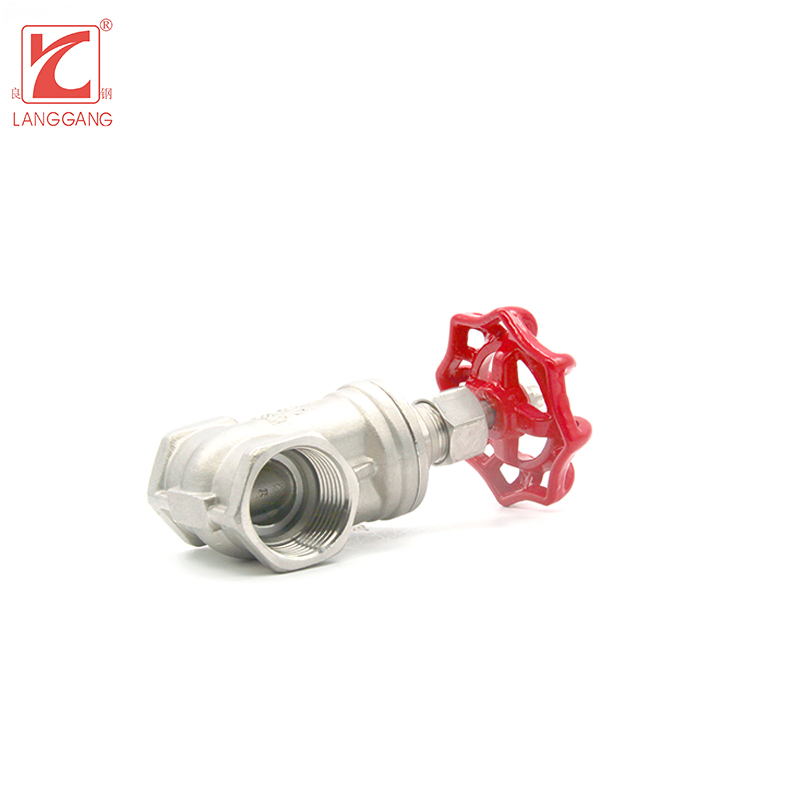
Common Material to Produce Valves
Here are some common types of materials used in valve production:
1. Stainless Steel: This is one of the most widely used materials for valve production due to its excellent corrosion resistance properties and durability. Stainless steel valves can be found in various grades such as 304, 316, 317, etc., each with unique properties suitable for specific applications.
2. Brass: Brass is another popular material used to produce valves due to its excellent thermal conductivity and machinability. It is commonly used in plumbing applications because it is resistant to corrosion caused by water.
3. Carbon Steel: Carbon steel valves are known for their strength and toughness and are often used in high-pressure applications where corrosive media are not present.
4. Bronze: Bronze is an alloy made from copper, tin, and other elements that provide improved strength and wear resistance compared to pure copper. Bronze valves are commonly used in marine applications because they have good resistance to seawater corrosion.
5. PVC (Polyvinyl Chloride): PVC valves are lightweight, easy to install, and cost-effective. They are commonly used in water treatment plants and irrigation systems because they resist corrosion caused by chlorinated water.
6. Hastelloy: Hastelloy is a superalloy known for its excellent resistance to high temperatures and corrosion caused by harsh chemicals such as sulfuric acid or hydrochloric acid.
7. Titanium: Titanium is a lightweight metal that has excellent strength-to-weight ratio making it ideal for aerospace and chemical processing industries where weight reduction is important.
Why Stainless Steel?
Stainless steel has several advantages when it comes to producing valves for various applications. Some of these advantages include:
1.Corrosion Resistance: Stainless steel is highly resistant to corrosion, which makes it an ideal material for use in environments where there may be exposure to moisture or harsh chemicals. This ensures that the valve will last longer and require less maintenance.
2. Strength and Durability: Stainless steel is a strong and durable material, which means that it can withstand significant wear and tear over time. This makes it ideal for use in high-pressure environments or in applications where there may be frequent use.
3. Hygiene and Cleanliness: Stainless steel is an excellent material for use in applications where hygiene is a concern, such as in food processing plants or hospitals. It is easy to clean and sanitize, which helps to prevent the spread of bacteria and other harmful microorganisms.
On the other hand, there are some disadvantages to using other materials to produce valves, such as:
1. Corrosion: Many other materials, such as cast iron or brass, are more prone to corrosion than stainless steel. This means that they may not last as long or may require more frequent maintenance.
2. Weakness and Fragility: Some materials, such as plastic or aluminum, may not be strong enough to withstand the demands of certain applications. This can lead to premature failure or damage to the valve.
3. Poor Hygiene: Some materials, such as PVC or rubber, may be more difficult to clean and sanitize. This can make them unsuitable for use in applications where hygiene is a concern.
Conclusion
The benefits of using stainless steel in the production of valves justify the premium cost of the raw material. Industries such as chemical processing, oil and gas, aerospace, and pharmaceuticals prefer stainless steel valves due to their ability to provide reliable performance and lasting quality.
LGfittingvalve is a professional Valves manufacture provides all kinds of Stainless Steel pipe fittings and valves.We use stainless steel to produce Valves,ensuring its maximum durability. Feel free to contact us if you are looking for Valves for your project or store.


